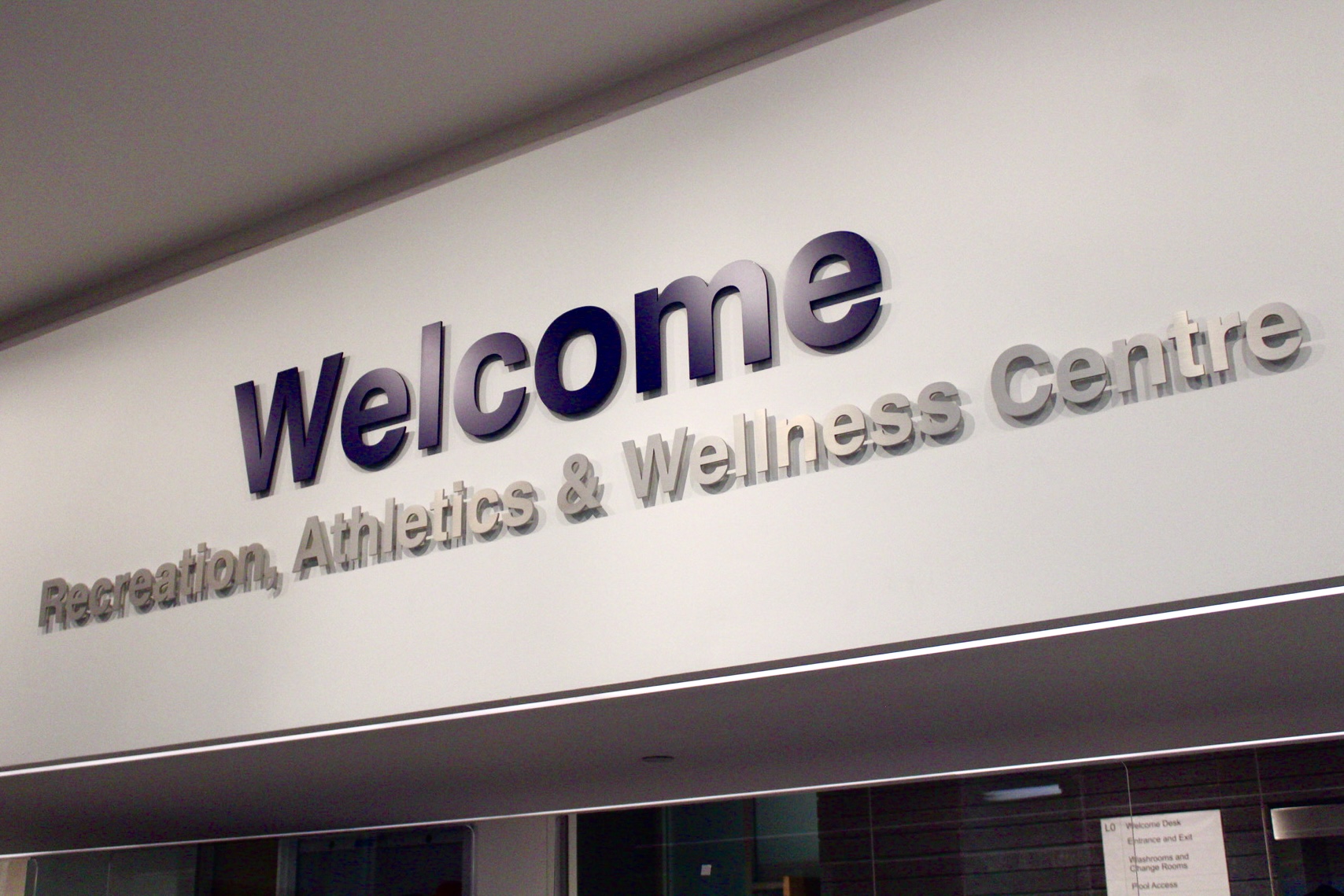The rise of the “pink Pilates princess”
Empowering women through functional health and inclusivity in fitness trends.
Women often find themselves in the crosshairs of an ever-evolving trend landscape, illustrated by the transitions from aesthetics like the “clean girl look” to the recent rise of the “pink Pilates princess” trend. A quick dive into TikTok using the term “Pilates” reveals many videos and tutorials guiding viewers on achieving this particular aesthetic through pink athletic wear and bows.
While the underlying hyper-consumerism of these trends merits a deeper discussion, it’s equally fascinating to explore what fuels the popularity of certain exercises and fitness regimens that promote physical well-being and advocate for a specific aesthetic or lifestyle.
The rise of this Pilates princess trend reflects a growing consciousness among women regarding their distinct physiological needs. A study from the journal Sports Medicine highlights a critical disparity: current exercise guidelines predominantly stem from research conducted by and for men. This male-centric standard in medical treatments and health protocols often leads to misdiagnoses in women and promotes fitness regimens that are misaligned with their specific physiological requirements.
Dr. Alana Ogata, a Pilates instructor at the Recreation, Athletics, and Wellness Centre at the University of Toronto Mississauga and researcher with a lab dedicated to addressing the unmet medical needs of women, shares her personal journey and professional insights into the world of Pilates. “I have grown to love Pilates because of its benefits for your functional health,” she explains.
Developed initially to rehabilitate bedridden prisoners of war and veterans, Pilates has evolved into a comprehensive exercise regimen. “It’s good for your overall health because it is low impact and focuses on strength, flexibility, and breathe, so it’s good for anyone who’s body is under stress—whether from high impact running exercises or from sitting all day,” Dr. Ogata continues.
She highlights the advantages of Pilates, noting its crucial role in strengthening and rehabilitating the body’s powerhouse muscles. This activates the core, leading to improved posture, boosted efficiency in daily activities, and safe and effective performance of various exercises. “We’re trying to correct everything that is destructive about sitting at a desk all day,” she states.
This low-impact workout regimen, emphasizing functional health and strength, is particularly suitable for women dealing with conditions such as polycystic ovarian syndrome (PCOS), endometriosis, or other specific women’s health challenges. PCOS affects approximately eight-13 per cent of reproductive-aged women. In comparison, endometriosis affects almost 10 percent of this population but potentially a lot more, considering it is often misdiagnosed.
While studies show that high-intensity exercise may reduce insulin resistance effectively in people with PCOS, overdoing it can also possibly act as a chronic stressor and disrupt hormonal balance. This disruption can potentially worsen PCOS symptoms due to chronically high levels of cortisol, which might lead to disruptions in the menstrual cycle and other symptoms associated with high cortisol levels like weight gain, fatigue, and mood swings.
As research evolves, it becomes clear that the approach to exercise is highly individualized, with no universal solution. However, as more women suffering from women’s health problems prioritize their unique health needs over general recommendations, the popularity of gentler activities like Pilates, yoga, and walking is unsurprising. These exercises are less likely to trigger cortisol spikes and stress the body. They still promote muscle strengthening and recovery from more strenuous activities, gaining popularity for their balanced approach to physical well-being.
Thus, the rising appeal behind Pilates is more than just about fashion or aesthetics; it’s a response to a systemic issue, creating more inclusive approaches to health and wellness that recognize and address the specific needs of women’s bodies.
However, the popularity of Pilates may also stem from the misconception that it offers a quick and effortless path to achieving a “toned” physique and visible “abs.” This is similar to other fitness trend fads, from Chloe Ting’s YouTube workout series aimed at sculpting abs during lockdown to resistance bands designed to imitate Kim Kardashian’s curves.
Women are continually presented with new methods to attain the currently trending body shape—as if women’s bodies are trends that can be cycled through like the season’s must-have boots.
The goal for workout routines targeted to women should not be how to look better but how to feel better. As seconded by Dr. Ogata, who uses terms such as core instead of abs to focus more on how people feel after Pilates. “I don’t really focus on the physique that it gives you.” She continues, “I do particularly love Pilates for the purpose of empowering women.”
Dr. Ogata takes her role as a Pilates instructor seriously in her pursuit of helping women be their best in whatever they do. “My role as a Pilates instructor is to help all women feel good, whether to help them get stronger or provide an hour of stress-relief, and to empower them to do whatever great things they are going to do next.”
The rise of the Pilates princess trend, reinforced by Dr. Ogata’s expertise, signifies a meaningful shift in the fitness industry—from chasing aesthetic ideals to emphasizing functional health and inclusivity, thereby fostering a culture that values and addresses the unique physiological needs of women.

